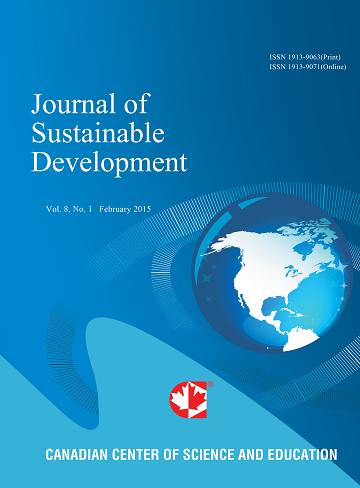Using Stone Sawdust Waste as Supplementary Cementitious Material: Northeast Brazilian Case Study
- Elnatan L. Da Costa
- Klederman N. Camilo
- Eduardo da C. Teixeira
- Gelmires de A. Neves
Abstract
This study evaluates the potential of ornamental stone sawing residues—specifically high-density limestone (HDLSW) and granite (GSW)—as supplementary cementitious materials (SCMs). The residues were collected in Northeastern Brazil and subjected to mineralogical characterization (XRD), chemical composition analysis (XRF), and particle size distribution (laser diffraction). Results indicate that HDLSR has a high CaO content (91.55%), while GSR contains a combined total of SiO2 + Al2O3
+ Fe2O3 of 86.27%, both meeting the criteria for SCM utilization. Particle size analyses showed that both residues have suitable average particle sizes (D50 between 11.59 µm and 20.71 µm), favoring the nucleation effect and contributing to the development of early-age compressive strength. Cement pastes with 5%, 10%, and 15% replacement levels of Portland cement by HDLSR and GSR were tested for consistency and compressive strength up to 91 days. The results demonstrated that the incorporation of these residues did not significantly alter the workability of the pastes and, in some cases, led to mechanical strength gains, even in the absence of significant pozzolanic activity—especially when used in ternary blends. The use of these residues helps reduce Portland cement consumption and CO₂ emissions, promoting the reuse of by-products from the ornamental stone industry. This approach aligns with the principles of sustainable construction and circular economy by offering a viable, eco-efficient alternative for partial cement replacement in cementitious materials.
- Full Text:
 PDF
PDF
- DOI:10.5539/jsd.v18n5p127
Journal Metrics
Index
- Academic Journals Database
- ACNP
- AGRICOLA
- ANVUR (Italian National Agency for the Evaluation of Universities and Research Institutes)
- Berkeley Library
- CAB Abstracts
- CNKI Scholar
- COPAC
- CrossRef
- DTU Library
- EBSCOhost
- Elektronische Zeitschriftenbibliothek (EZB)
- EuroPub Database
- Excellence in Research for Australia (ERA)
- Genamics JournalSeek
- GETIT@YALE (Yale University Library)
- Ghent University Library
- Google Scholar
- Harvard Library
- INDEX ISLAMICUS
- Infotrieve
- Jisc Library Hub Discover
- JournalGuide
- JournalTOCs
- LOCKSS
- Max Planck Institutes
- MIAR
- Mir@bel
- NewJour
- Norwegian Centre for Research Data (NSD)
- Open J-Gate
- PKP Open Archives Harvester
- Pollution Abstracts
- Publons
- Pubmed journal list
- RePEc
- ROAD
- SafetyLit
- Scilit
- SHERPA/RoMEO
- Standard Periodical Directory
- Stanford Libraries
- UCR Library
- Ulrich's
- UniCat
- Universe Digital Library
- UoS Library
- WJCI Report
- WorldCat
- WorldWideScience
- Zeitschriften Daten Bank (ZDB)
Contact
- Sherry SunEditorial Assistant
- jsd@ccsenet.org
